As you drive around Walt Disney World in Florida, you’ll pass through quite a bit of undeveloped areas on property.
And as you drive through it you might be thinking, “why doesn’t Disney do anything with ALL this land? Build a 5th theme park maybe? More hotels? Another water park? Or other unique things?” Seems easy enough, right? What you may not realize though is that Disney actually CAN’T build on a ton of that land!
Disney World sits on roughly 25 THOUSAND acres — about 39 square miles! That’s pretty massive! But that doesn’t mean we can have close to 40 square miles of theme parks and fun and a LOT goes into why not. We’re gonna break it all down for you.
There Are a Few Things At Play Here
Before we go into exactly how much land Disney can’t build on (and why) we wanted to identify some of the factors that are at play here. First, we’ve got considerations regarding conservation.
Tied into those conservation concerns and coupled with other issues, there are also some problems regarding how much land is sustainable for building. Let’s dive more into these topics!
Conservation
In Disney World’s early years, thousands of acres were actually set aside to be dedicated conservation areas, and conservation efforts continue to be critical to Disney’s overall building and improvement plans.
A number of years ago, the Reedy Creek Improvement District (RCID) announced its 2020 comprehensive plan. Reedy Creek is the governing jurisdiction for the land that makes up Walt Disney World Resort.
According to the RCID’s plan, “currently 62 percent of the land area within the District is undeveloped or classified as open space.” Looking specifically at the “open space” part of that, the plan notes that “Open space land uses include Conservation (wetlands and uplands with conservation easements), Resource Management/Recreation (jurisdictional wetlands and other environmentally sensitive lands), and Water (lakes, ponds, and canals larger than ten acres).” That means there’s a LARGE part of the land in the district that is open space, much of which is set aside for conservation purposes.
You can see a breakdown of the existing land uses (from 2009) in the chart below. Look how much of the land is actually purely dedicated to conservation alone — it’s 32.1%.
The RCID actually requires that “30 percent of the land area within the District, outside the Wildlife Management Conservation Area (WMCA), remain as open space.” RCID notes that “This effectively preserves wetlands not covered by conservation easements.” Some things don’t count toward the open space calculation though, like “landscaped areas within the theme parks, resorts and rights-of-way, golf courses (except for fairways), sports fields, retention ponds and water bodies under 10 acres, and the District’s rapid infiltration basins.”
This means nearly 1/3 of the land in Walt Disney World can not and will not be developed, at least as the plan stands currently. You can see just how much of the property is considered “open space” in the image below. Note how all the dark green areas are part of the Conservation WMCA (wildlife management conservation area).
Overall though, the RCID notes that “62.5 percent of the total land area within the District will remain uncovered by pavement or buildings” as part of their goals to preserve open spaces. That’s a LOT of land!
The RCID plan also discusses the natural vegetative communities within the District and how they fall into two groups: forested uplands and wetlands. The plan then shares that these areas make up about 45% of the district. It goes on to note that, while certain wetlands in the RCID have been approved for impact and mitigation through some long-term permits, the District will make sure that any wetlands not covered by those long-term permits are protected from development.
There is also an entire portion of the plan dedicated to “The Conservation Element.” According to the plan, “The Conservation Element addresses the management of natural resources in the District, including groundwater and surface water, soil and minerals, air, and plant and animal life.”
There are a variety of policies included in the plan about what Disney intends to do to protect the wetlands. The plans mention the use of conservation easements, wildlife management/conservation areas, and more.
According to the plan, there are different types of wetlands on Disney World property — Class I criteria wetlands and Class II criteria wetlands. Development is actually prohibited within Class I wetlands. And the removal, encroachment, or alteration of Class II wetlands is actually only allowed when it is deemed “appropriate and necessary” and when certain other requirements are met. You can see just how much of the land is classified as Class I and Class II wetlands in the image below. (Class I is dark green, Class II is light green)
Basically, all of this shows there is QUITE a bit of land in Disney World that forms part of the Wildlife Management Conservation Area or is otherwise designated as land that will not be built on for conservation-related reasons. 62.5% is a lot of land! That’s a pretty significant chunk of Disney World that otherwise could have been used for more theme parks, etc. (or could it…).
Sustainability for Building
A lot of land in Disney World is actually not suitable for building, and only some of it has to do with conservation-related restrictions. RCID defines land as “sustainable,” “magically sustainable,” and “unsustainable” when it comes to development. (Yes, “magically sustainable” is a real term!!)
Suitable areas are generally “forested uplands, pasture lands, or other undeveloped sites outside the Conservation areas.” They make up 19.9% of the undeveloped land in Disney World.
Marginally Suitable areas are those that have “identified or recognized constraints for development.” These affect certain wetlands and the RCID notes that development in these areas is “strongly discouraged.” Marginally sustainable land makes up 15.9% of Disney World’s undeveloped land area.
And finally, you may be surprised to learn that 64.2% of Disney’s undeveloped land area is actually identified as totally UNSUSTAINABLE for building. Disney notes that unsustainable lands include “wetlands below the 100-year flood elevation [and] all wetland and uplands Conservation Areas.”
The largest areas of suitable land are “located west of Animal Kingdom, between World Drive and I-4 between Osceola Parkway and US 192, around Lake Mable, north of the Magnolia Golf Course, east of the Magic Kingdom parking lot, and west of Disney’s Hollywood Studios.” You can see all of the land marked as suitable (red), marginally suitable (light green), and unsuitable (dark green) in the map below.
A large percentage of that map is made up of that unsuitable land. While much of that area was already marked as wetlands or conservation space (from the 2 other maps shared above), some of it appears to be unsuitable for other reasons.
What is Reedy Creek looking at for the future in terms of development? Well, the 2020 comprehensive plan says that about 51.4% of the entire District (including the Reedy Creek food plain) will remain totally undeveloped, and most of the undeveloped land has been designated as Conservation. The remaining land (just over 12,000 acres) has been designated for “more intensive uses.” Out of the available land, 75% is already urbanized, leaving about 25% vacant. This vacant land basically corresponds to areas that have been designated as “suitable for development.”
So, what’s the big takeaway here? Disney World is BIG — but only about 20% of that land has the capability of being developed over time. Considering the scale of Disney World’s land, that’s still nothing to shake a stick at. But it is pretty impressive to realize just how BIG Disney World is and how the vast majority of that…can’t be touched. While you may look around Disney World and see acres upon acres of empty space and think of all the possibilities that could be done with that land, it seems Disney is more restrained in its building than you might have expected.
This report and plan from Reedy Creek that we’ve referenced above became effective in 2010. We expect an updated plan with more current figures may be released soon. We’ll definitely be on the lookout for any further updates and let you know what we find.
Click here to see the new, ambitious environmental goals Disney has set for 2030!
Join the DFB Newsletter to get all the breaking news right in your inbox! Click here to Subscribe!
WE KNOW DISNEY.
YOU CAN, TOO.
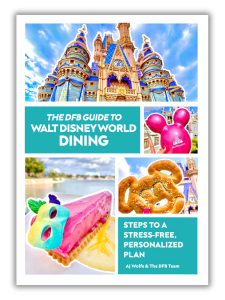
Oh boy, planning a Disney trip can be quite the adventure, and we totally get it! But fear not, dear friends, we compiled EVERYTHING you need (and the things to avoid!) to plan the ULTIMATE Disney vacation.
Whether you're a rookie or a seasoned pro, our insider tips and tricks will have you exploring the parks like never before. So come along with us, and get planning your most magical vacation ever!
Are you surprised at just how much land Disney can’t or won’t build on? Tell us in the comments.


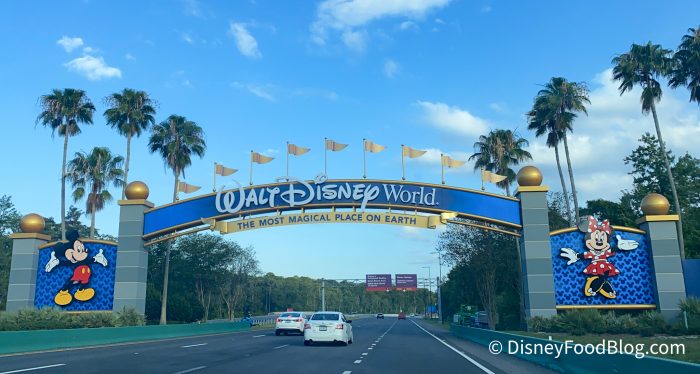
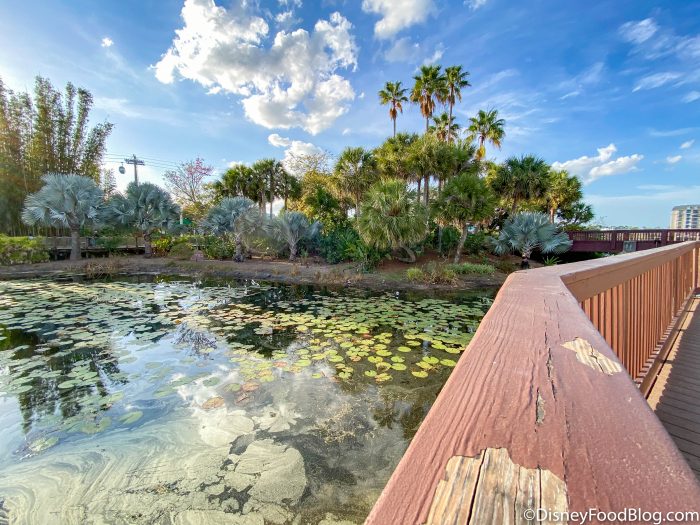


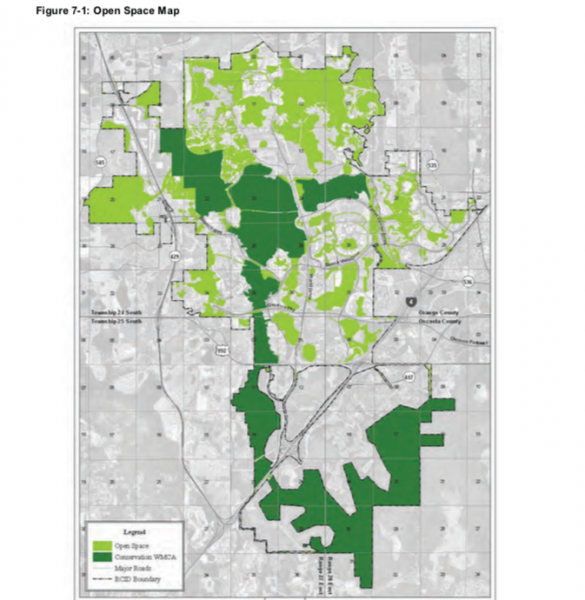
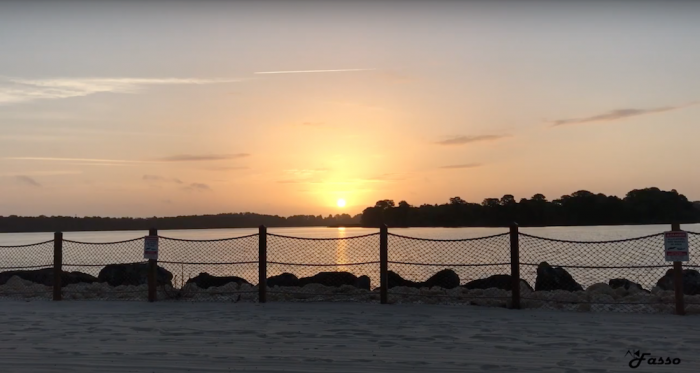

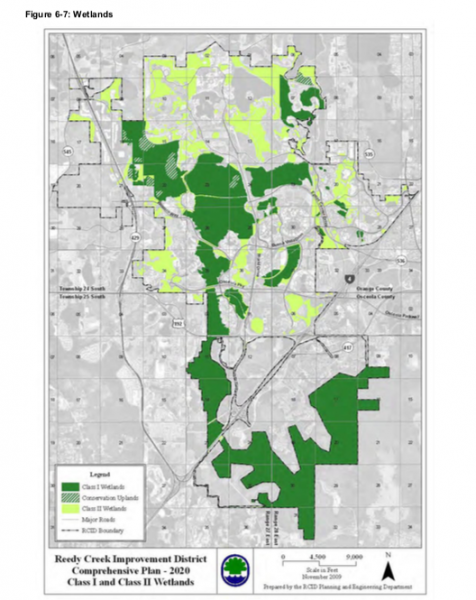
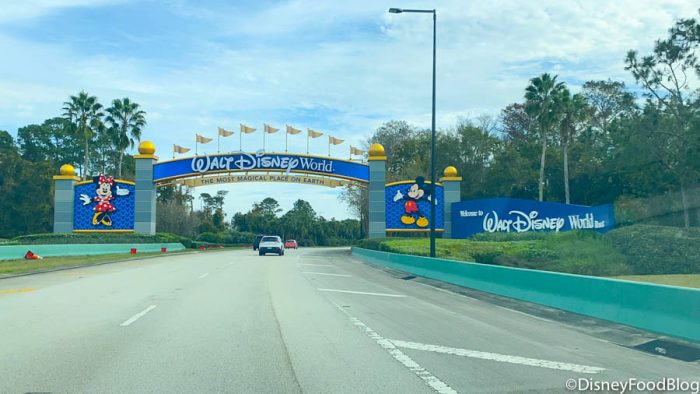

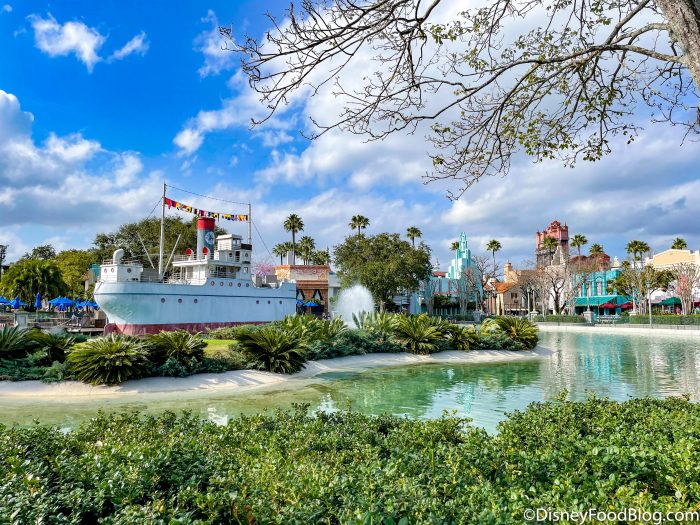
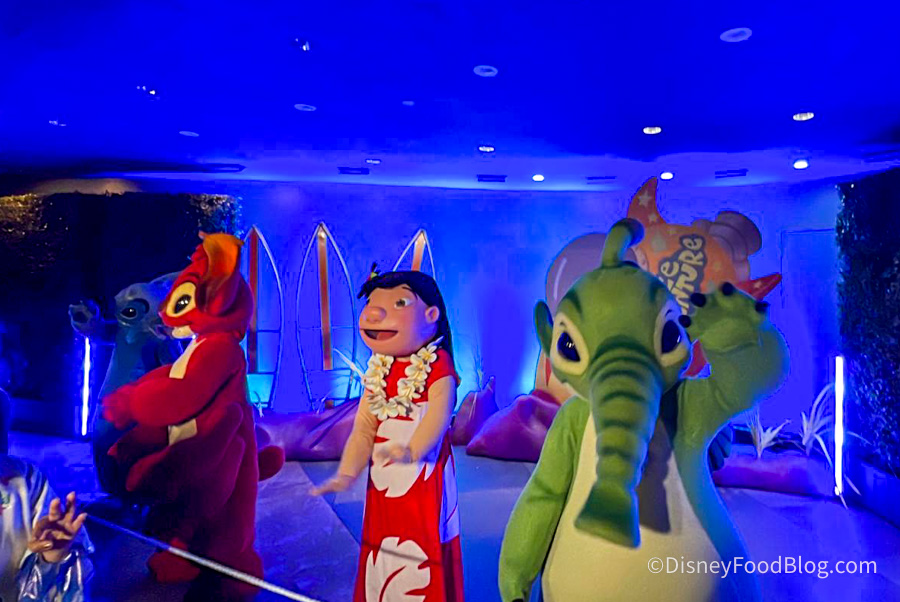



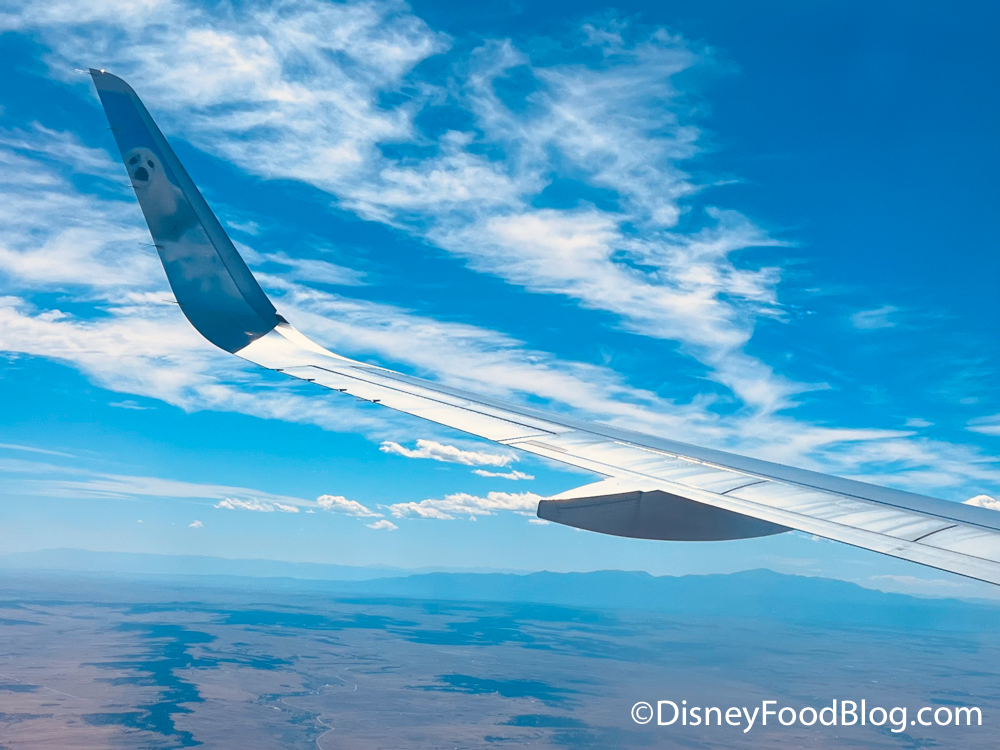








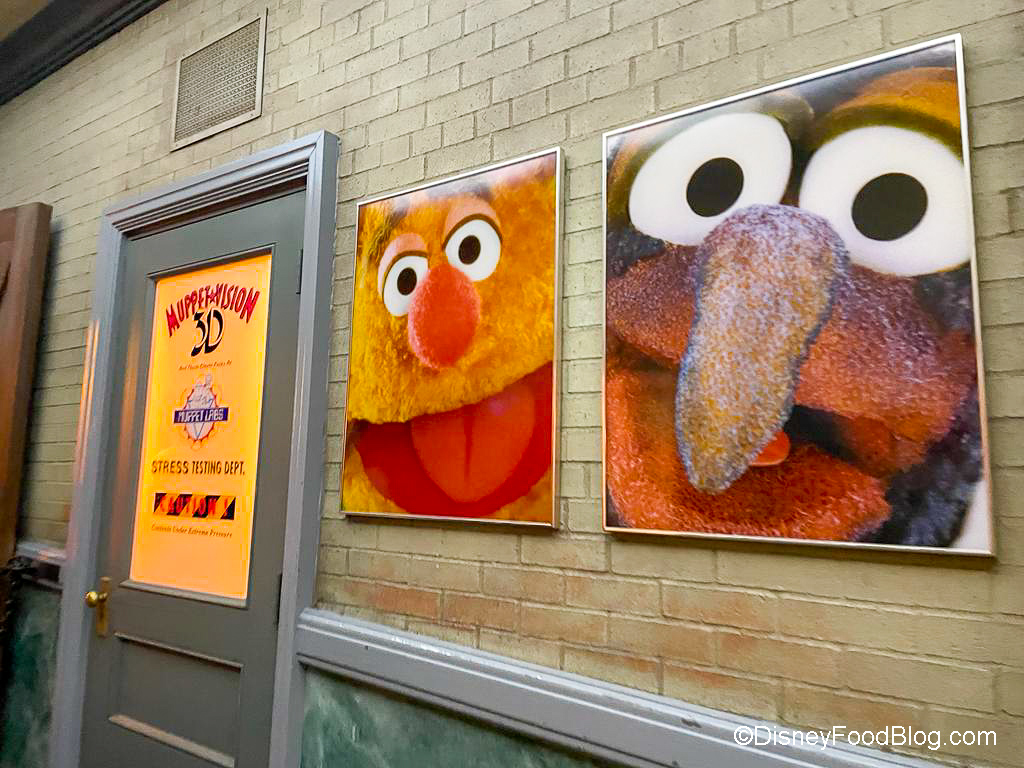


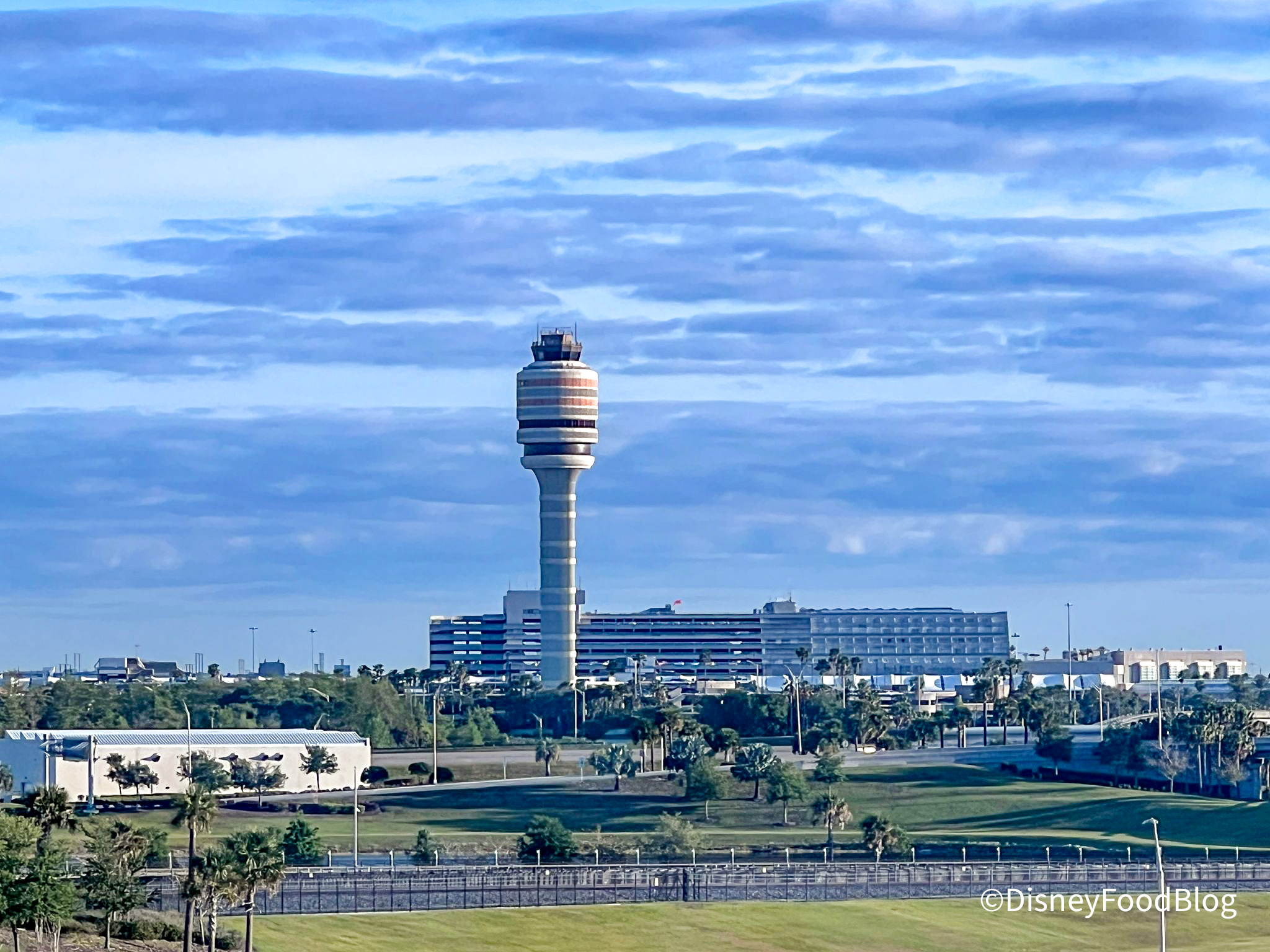

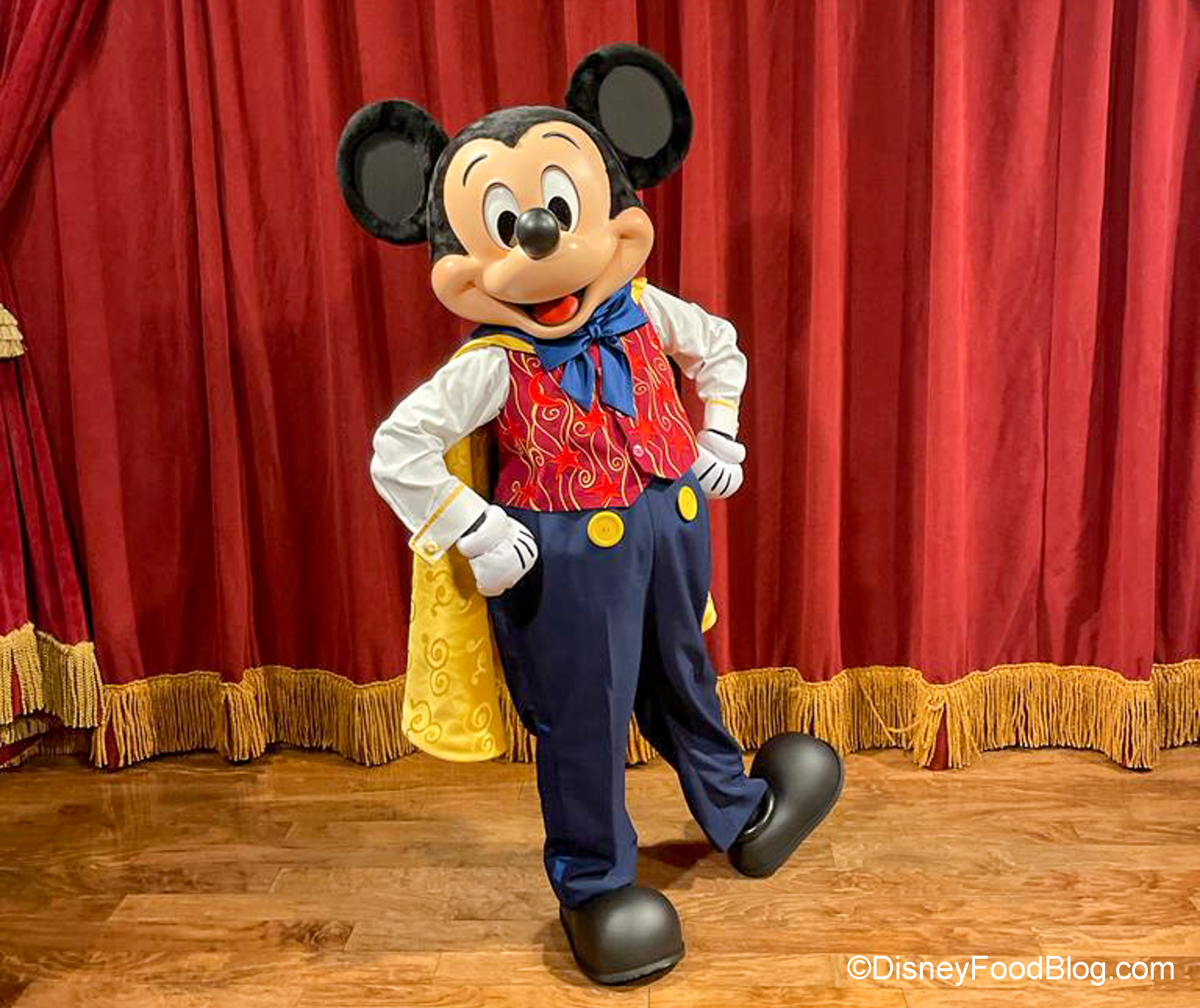

 Our handy (and portable!) ebook guides make sure you get the best deals and can plan a vacation of a lifetime.
Our handy (and portable!) ebook guides make sure you get the best deals and can plan a vacation of a lifetime.
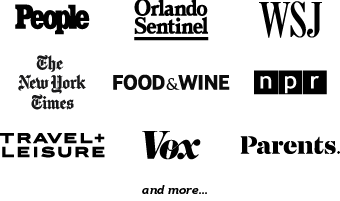
Too bad, dreams that will never be realized. Thank god for Michael Eisner and Frank Wells who do so much to realize what WDW is today. They moved the needle almost as far as Walt and Roy did in Florida.